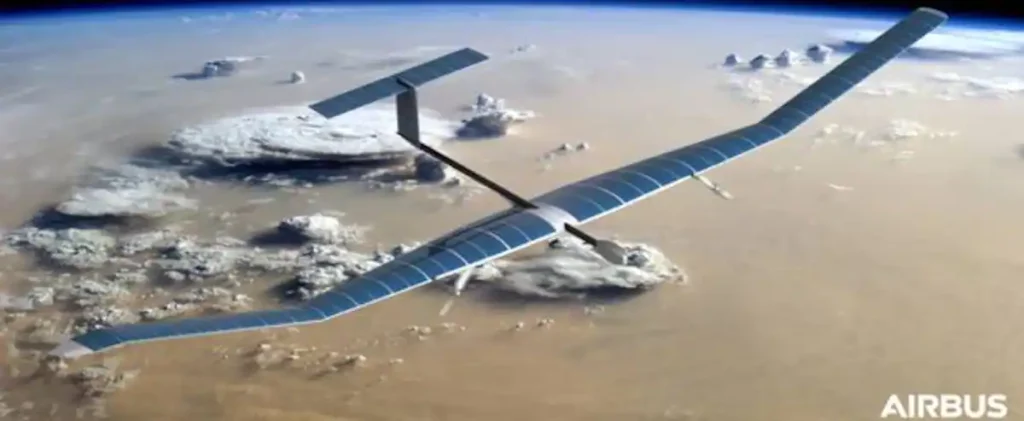Airbus’ lightweight solar-powered drone crashed on August 19 after 64 days of continuous flying, according to aviation-focused website Simple Flying. Airbus has not yet confirmed this information.
Ground controllers reportedly lost contact with the experimental aircraft while it was flying over the Arizona desert between Phoenix and Mexicali on the Mexican border.
Simple Flying reports that the Zephyr was at 45,000 to 50,000 feet and had just completed an S-shaped maneuver as it began descending over 4,544 feet (1.38 km) per minute before hitting the ground.
The solar-powered drone has been in the air for several weeks. On July 15, it already set a new record for a solar-powered drone by staying in flight for more than 30 days, according to Guinness Book of Records. He had taken off from a military base in Yuma, Arizona, on June 15. The Zephyr achieved flights of 76,100 feet, another world record for an electric drone.
Spy plane and cell tower
The Zephyr has a wingspan of 25 meters (82 ft) and weighs less than 75 kilograms (165 lb). It flies into the stratosphere at an altitude of more than 70,000 feet (21 km), nearly twice the height of an ordinary jet airliner.
The drone flies high into the stratosphere, staying above ground weather disturbances. Mylar and carbon fiber wings are covered by solar panels that absorb light continuously throughout the day, providing enough power to run its electric motors day or night.
Zephyr aims to achieve a wide range of civil and military tasks at an affordable cost through satellites: ground and marine surveillance, reconnaissance, navigation, environmental monitoring and communications. This is why Airbus is talking about HAPS (High Altitude False Satellite).
At its highest altitude, a single Zephyr can provide coverage equivalent to 250 cell towers and can be used to improve communications in the world’s most remote areas.
The longest trip in history
The Zephyr was just hours away from breaking the record for the longest flight in history, which dates back 63 years. From December 1958 to February 1959, Bob Tim and John Cook were in the air for 64 days, 22 hours and 19 minutes aboard a small Cessna 172 Skyhawk.
In-flight refueling was provided by a lowered hose from the aircraft to a truck traveling at the same speed on a straight road. Three minutes was enough, twice a day, to fill the tank. Similarly, Cable provided the crew with drinks, food, and other supplies such as towels and water for shaving and washing.

“Total coffee aficionado. Travel buff. Music ninja. Bacon nerd. Beeraholic.”






More Stories
Fluoroscopy | “Self-coup”?
This is why you find it difficult to wake up in the morning.
She meets her boss at the airport after taking sick leave.